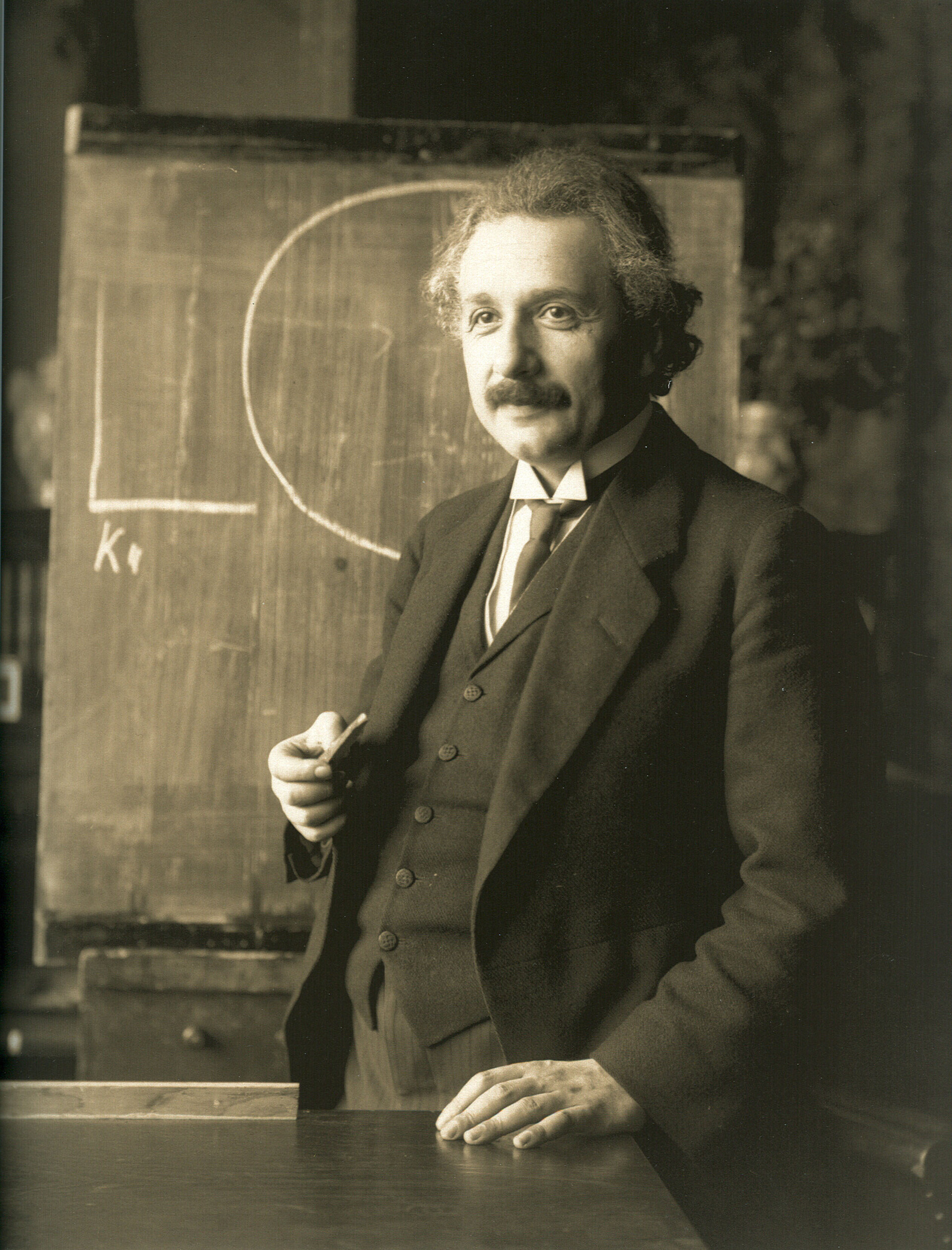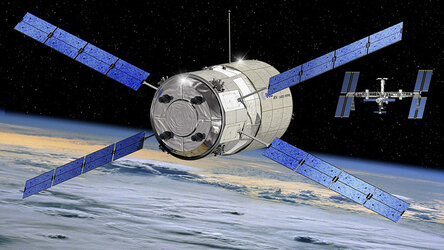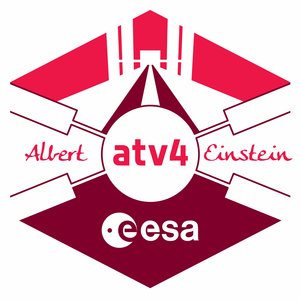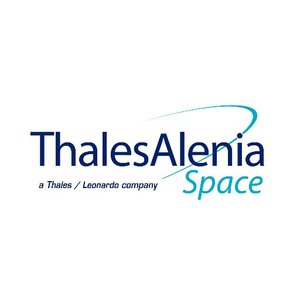ATV-4: Albert Einstein
After ATV Johannes Kepler and ATV Edoardo Amaldi, the next Space Station supply craft was named after the most famous scientist of all time: Albert Einstein.
With relativity and E=mc2, Albert Einstein is a major icon of 20th century science.
His theories have been stringently tested in space and his work is used to guide spacecraft to other planets – and now he has now flown into orbit as ESA decided to name the fourth Automated Transfer Vehicle (ATV) after Albert Einstein.
ATVs are an essential contribution by Europe for supplying and maintaining the International Space Station.

The vessels are named after great European scientists and visionaries to highlight Europe’s deep roots in science, technology and culture.
Naming ATV-4 after Albert Einstein, as proposed by the Swiss delegation to ESA, reflects this approach. Einstein’s contributions to humanity and, in particular, science overturned our perception of the Universe.
ATV is also strongly linked to Switzerland: its structure is built by Swiss industry.
World citizen with roots in Switzerland
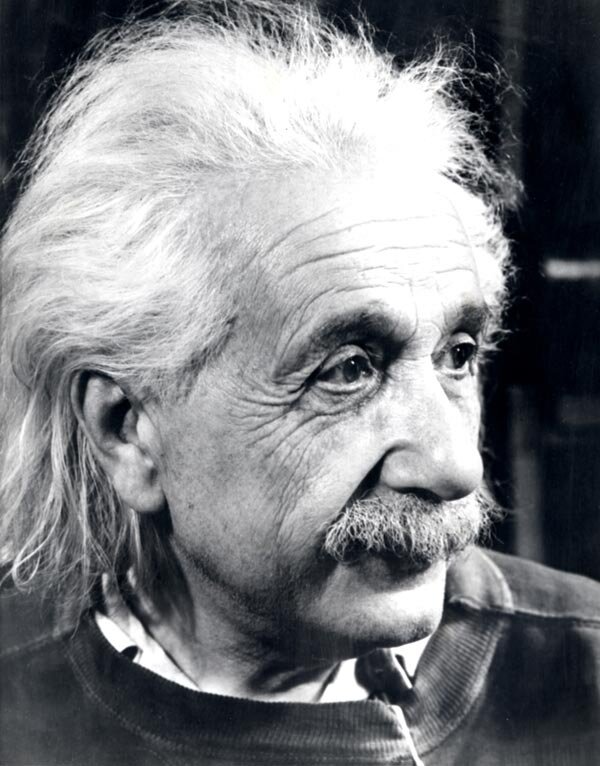
Albert Einstein was born in 1879 in Ulm, in Germany, but studied and spent his early career in Switzerland.
His job at the patent office in Bern gave him time to develop his revolutionary ideas. His annus mirabilis of 1905 – year of wonder – saw him publish four fundamental scientific papers on the photoelectric effect, Brownian motion, special relativity and the equivalence of matter and energy.
In 1908 he moved to an academic career in Bern and went on to Zurich, Prague, Berlin and, finally, after emigration to the USA before World War II, Princeton University.
He was awarded the Nobel Prize for Physics in 1921. He died in the USA in 1955 at the age of 76.
Next two ATVs on production line
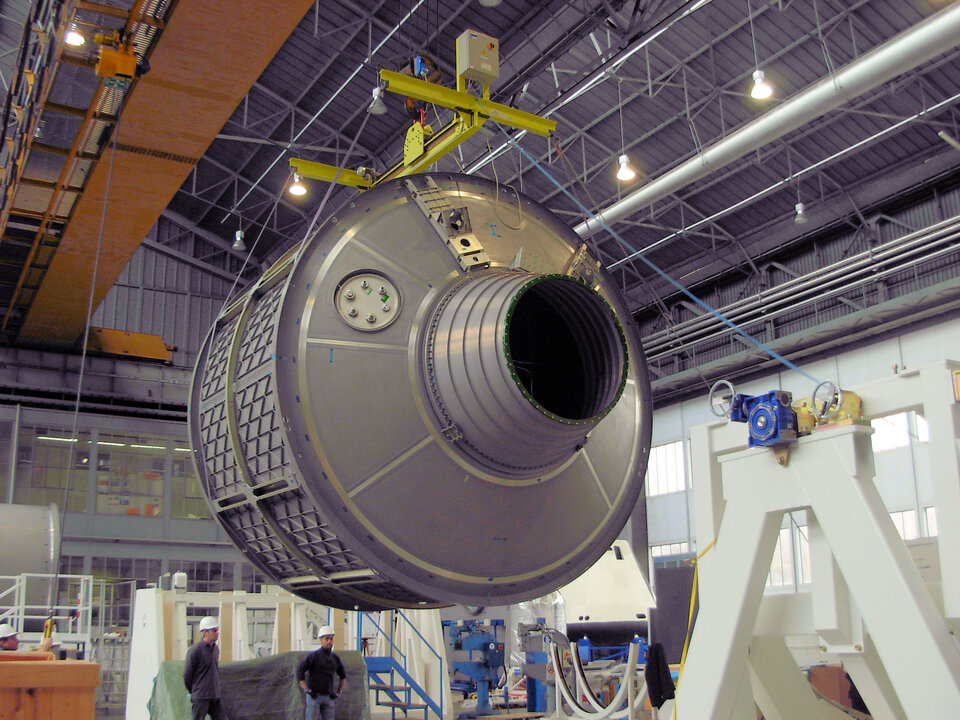

The three main parts of ATV-4 were built across Europe. The Integrated Cargo Carrier, designed to carry water, gas, refuelling propellants and dry cargo, was manufactured in Turin, Italy, and shipped to Bremen.
The Equipped Propulsion Bay, housing the engines and propellant tanks, was built in Bremen.
ATV Albert Einstein was launched on 5 June 2013 and successfully docked with the Station on 15 June 2013.
Its mission ended when it burnt up on 2 November at 12:04 GMT over an uninhabited area of the Pacific Ocean. It left the International Space Station a week earlier with 1.6 tonnes of waste after spending five months attached to the orbital outpost.

Each ATV mission ends with the spacecraft burning up harmlessly in the atmosphere. This time, however, the ATV team organised a special departure to gain valuable data on reentries.
After undocking at 09:00 GMT on 28 October, ATV-4 was instructed by its control centre in Toulouse, France to perform delicate manoeuvres over the course of five days to position itself directly below the Station. Astronauts on the Station observed the vessel from above as it disintegrated.
This image from the Station was taken when ATV-4 was around 100 km directly below and had began its destructive dive. It is the first view of an ATV reentry since the first, of Jules Verne, in 2008.
ATV-4 delivered 7 tonnes of supplies, propellant and experiments to the Space Station. ESA astronaut Luca Parmitano oversaw the unloading and cataloguing of the cargo, comprising over 1400 individual items.


